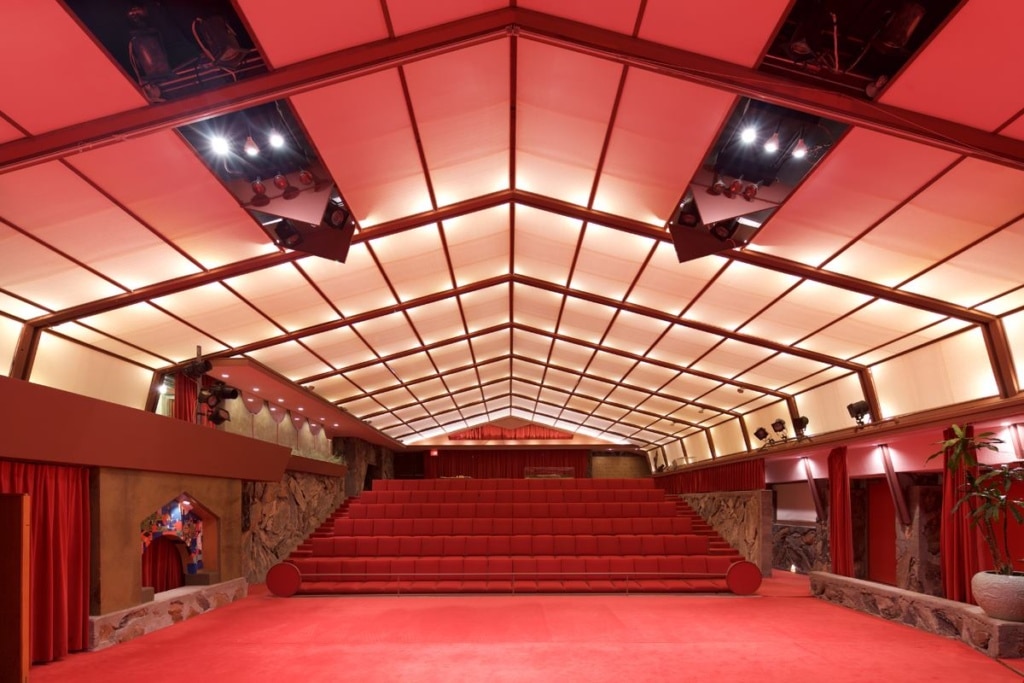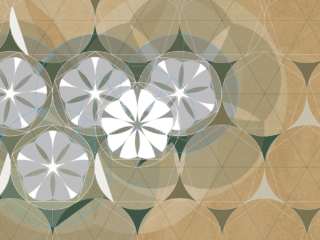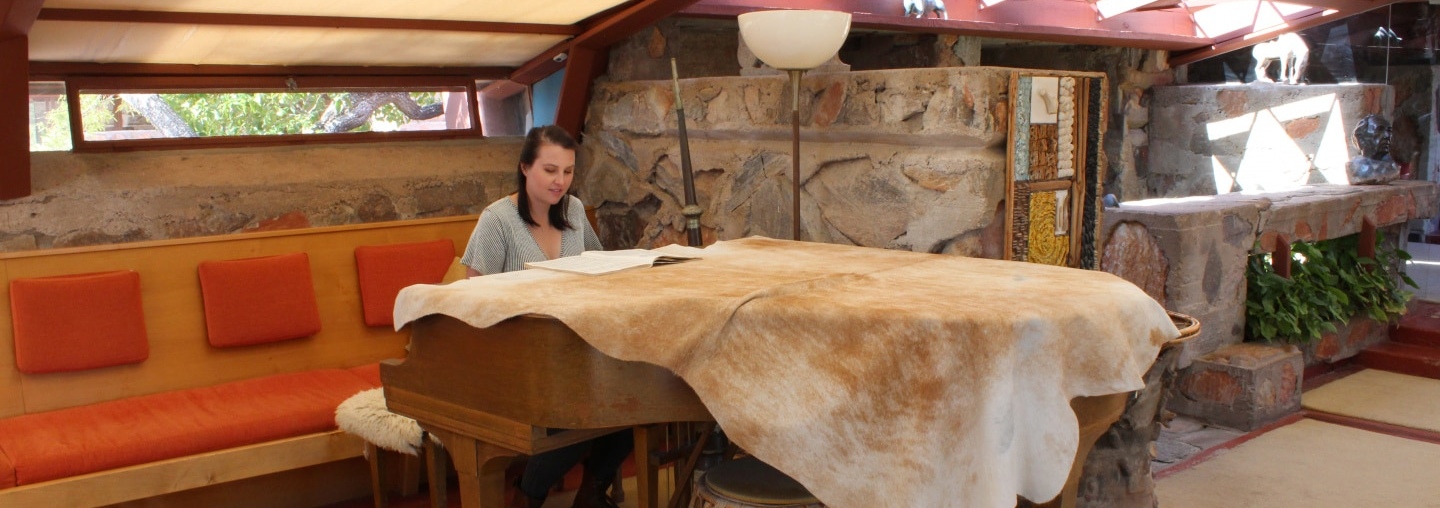
Learning by Doing Part 4 – The Architecture of Music
Meagan Vanderhill | Oct 15, 2019
In this installment of her Learning by Doing series, Frank Lloyd Wright Foundation 2018-2019 Graphic Design Fellow, Meagan Vanderhill, explores the role music has played in the Taliesin Fellowship, and how it connects to architecture.
“I have always been firm in the belief that music and architecture, so far as composition goes, are of the same mind.” – Frank Lloyd Wright, 1955
Music has always been a part of the Taliesin Fellowship experience, and today this tradition lives on at Taliesin and Taliesin West. Frank Lloyd Wright was inspired by music and was drawn to the pattern, rhythm, and structure of music, often comparing it to architecture. In the Fellowship, students were encouraged to develop an appreciation for music by studying music history and music theory as well as actively listening to music and participating in a variety of music-related activities.
Over the years, Fellows would often play in the Living Room at Taliesin West on Saturday nights. Wright particularly favored composers like Vivaldi because the music was made up of simple structural elements, like patterns, which could be played by multiple musicians at different skill-levels, and the layering made the music even more intricate and beautiful. While there was a deep appreciation for classical music in the Fellowship, they also played spiritual, modern, and contemporary genres. Today, many students from the School of Architecture at Taliesin (SoAT) still participate in weekly music classes and perform special concerts.
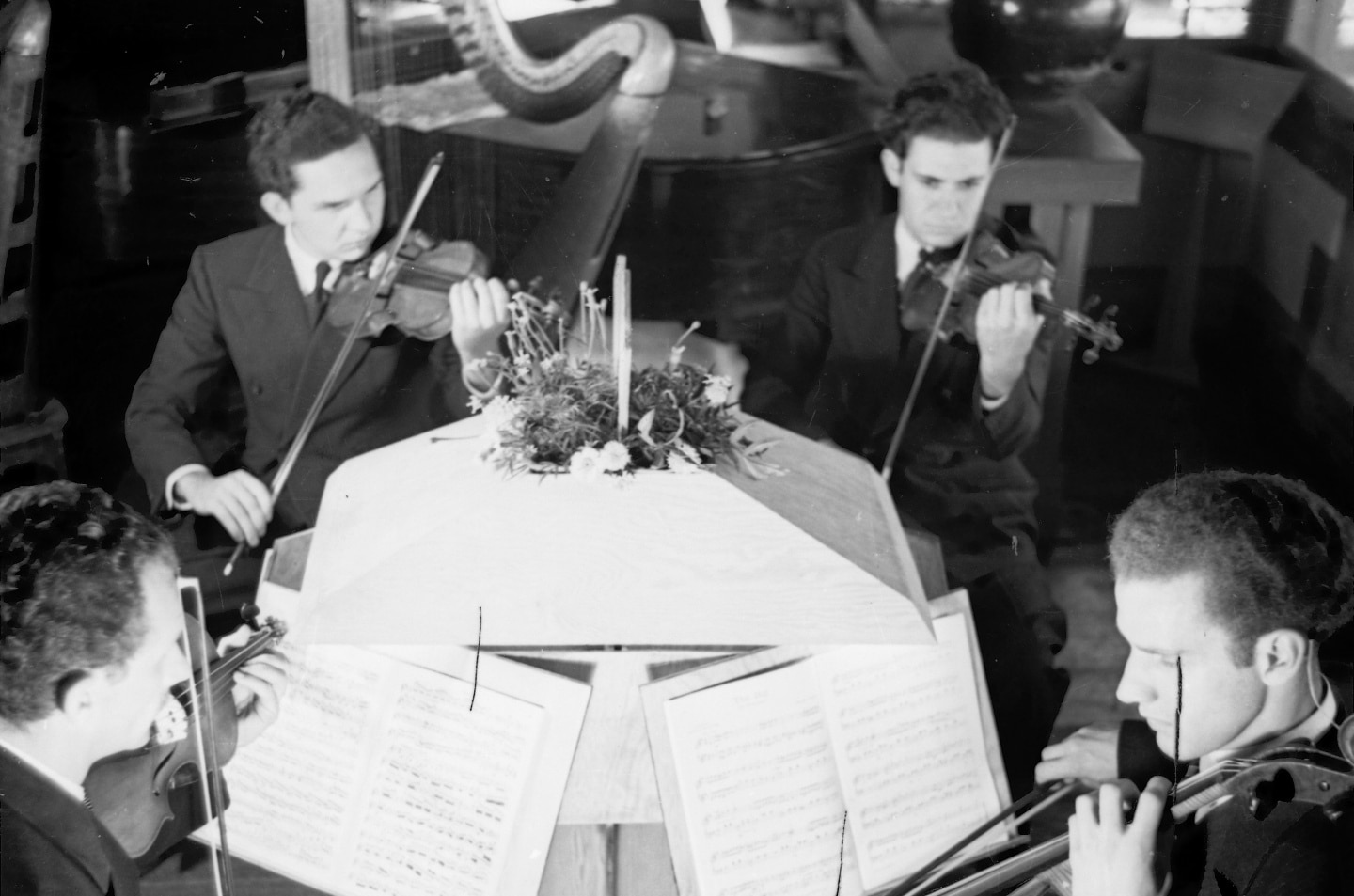
Taliesin ensemble, 1938.
In order to explore this topic fully, I decided to reach out to Effi Casey, the Taliesin director of music. Effi has held this position since the mid-80s and has had a rich and rewarding experience with music at Taliesin. She and I spoke about the role of music in the Fellowship, the importance of music in finding a deeper meaning in life, and how music relates to the study of architecture.
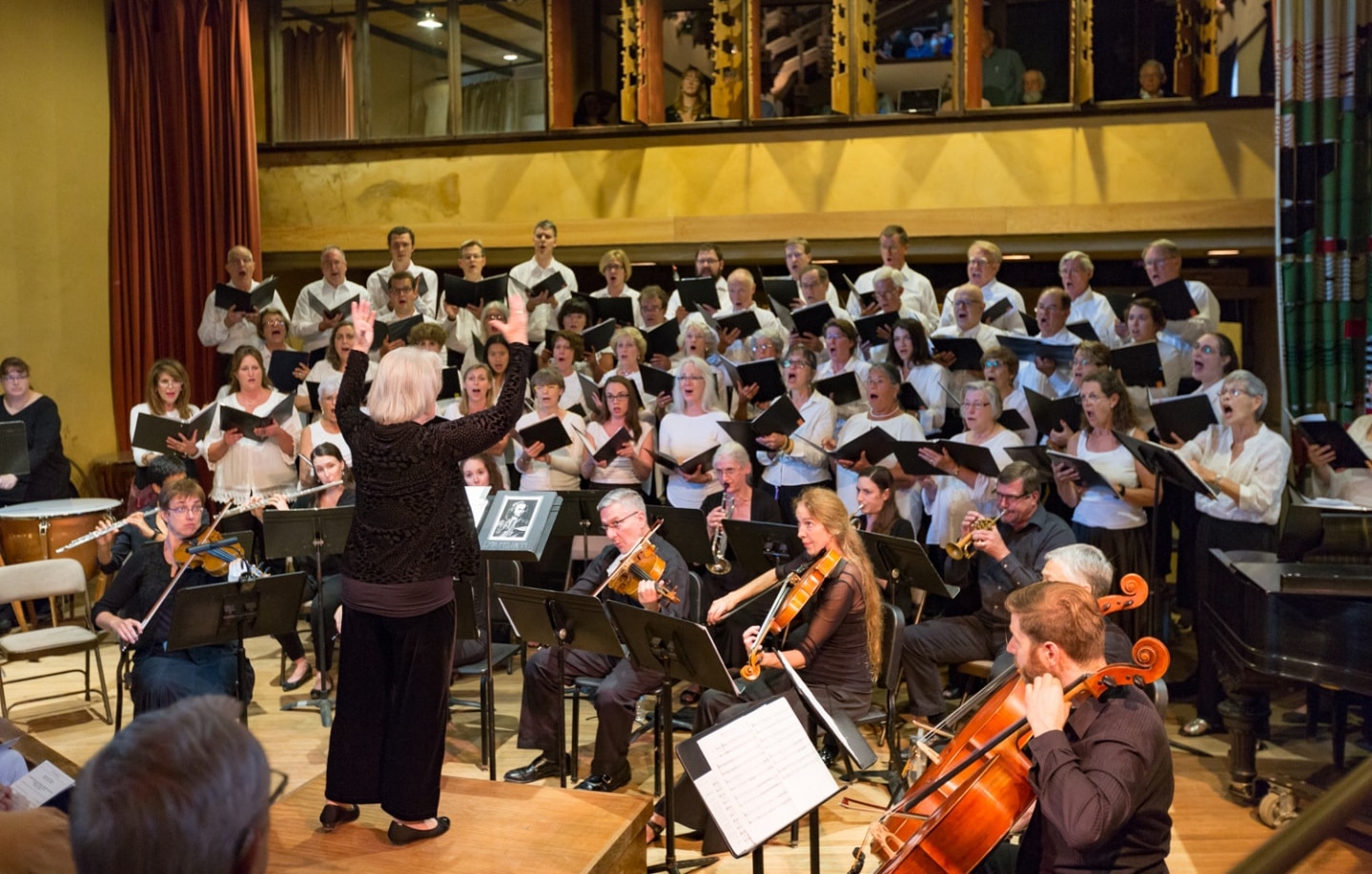
Effi Casey conducting a musical performance in 2017 at the Hillside Theatre in Spring Green, Wisconsin.
Effi has had a strong connection to music since childhood, so when she first came to the Fellowship in 1966, she naturally participated in all of the musical activities. She was part of a string ensemble that would play challenging pieces by composers like Vivaldi and Bach.
As director, Effi has introduced pieces that affect people emotionally. Music, she said, is an art form that steers the soul and enriches the life experience of those who listen and play. People of all skill levels can benefit immensely from “discovering music from within.”
Playing music changes your understanding of it. In order to truly experience music you have to take part in the creation of it, feel the way the notes vibrate, and discover the joy it is to play in harmony with another. Effi elaborated on the connection between music and architecture. Both are multi-dimensional, she said. Music, like architecture, has a basic structure with units and measurements. These basic units and measurements allow one to play music with others–knowing the notes to play, knowing the pauses to rest, and understanding the timing. “It’s ultimately, making music yourself, that teaches you something about architecture in this case. And architecture really because you learn structure, you learn mathematics, you learn rhythm, which are all elements that you need in architecture.”
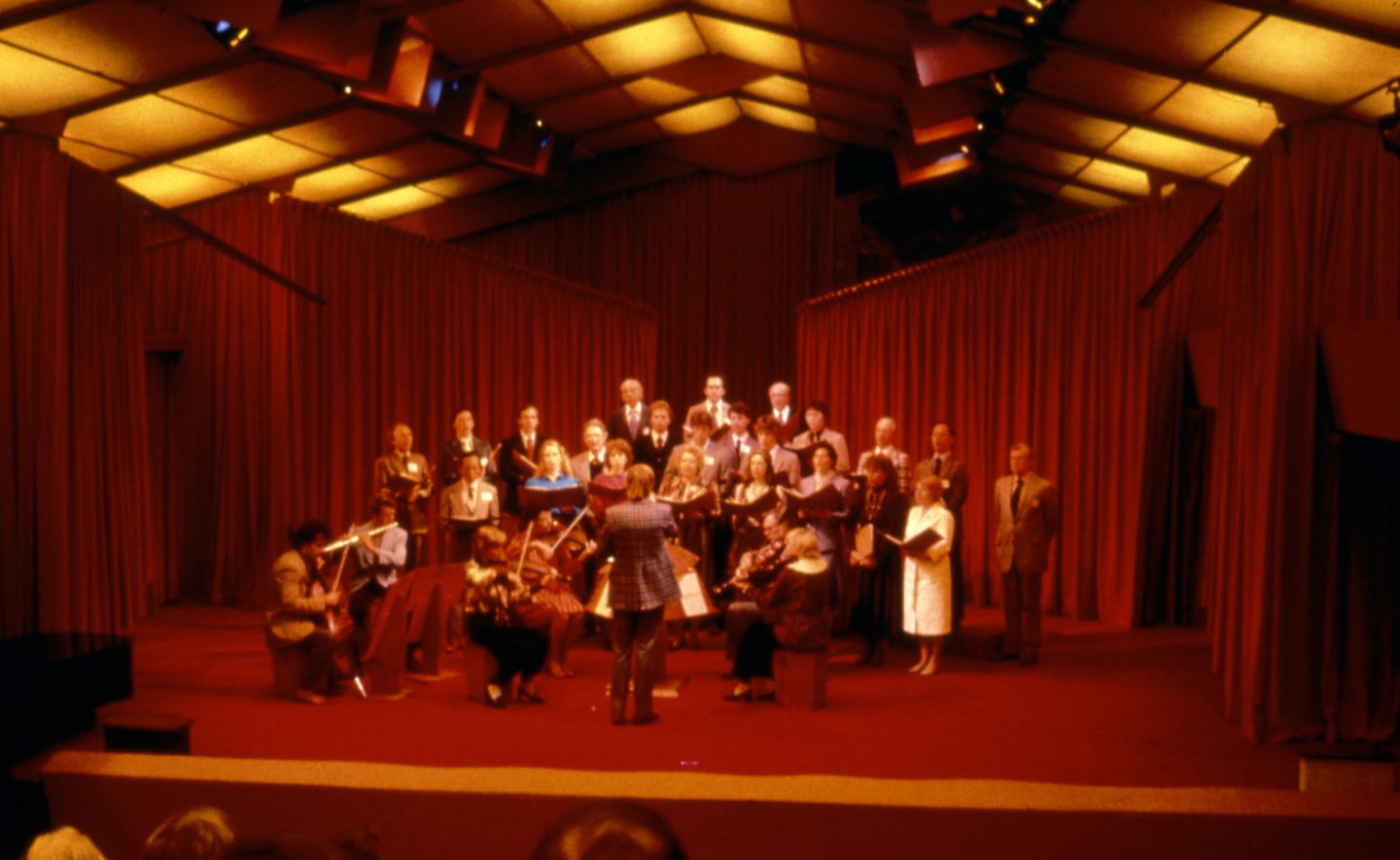
A musical performance in the Music Pavilion at Taliesin West, 1981.
This conversation with Effi made me realize there was a whole side of music I had never considered. My knowledge of music is very limited, however when I reflect on my life and the role music has played, I realize that it has had a constant presence. When I was younger, I took piano lessons and learning the notes and hand placement seemed like an impossible feat. Later, I took choir classes, but never stood out as a strong singer. Even though I never felt confident enough to participate in the creation of music, I have had a lot of exposure to music in other ways. I took ballet for several years and learned how to count music and move with rhythm. I listen to music constantly, but only passively. I rarely think about the structure, the units, or the measurements.
To start, I began actively listening. I listened to Vivaldi’s Four Seasons and discovered how repeating notes create a melody, how instruments layered together creates beautiful intricacy, how skilled but effortless the musicians can sound, and how actively listening can inspire and uplift your spirits. It moved me so much that I had to learn, I had to figure out how to play for myself.
I went back to the piano because it’s an instrument that has frustrated and fascinated me since childhood. I haven’t attempted to play in a long time, but I know the basics of how a piano works and I’ve always admired those in my life who could play piano, no matter the skill level. Re-learning to play the piano taught me that a lot of what I thought I knew about music was false. First, I learned that if you come back every single day, you will improve. Like creativity, musical ability isn’t something you’re just born with, it’s something you have to nourish and grow.
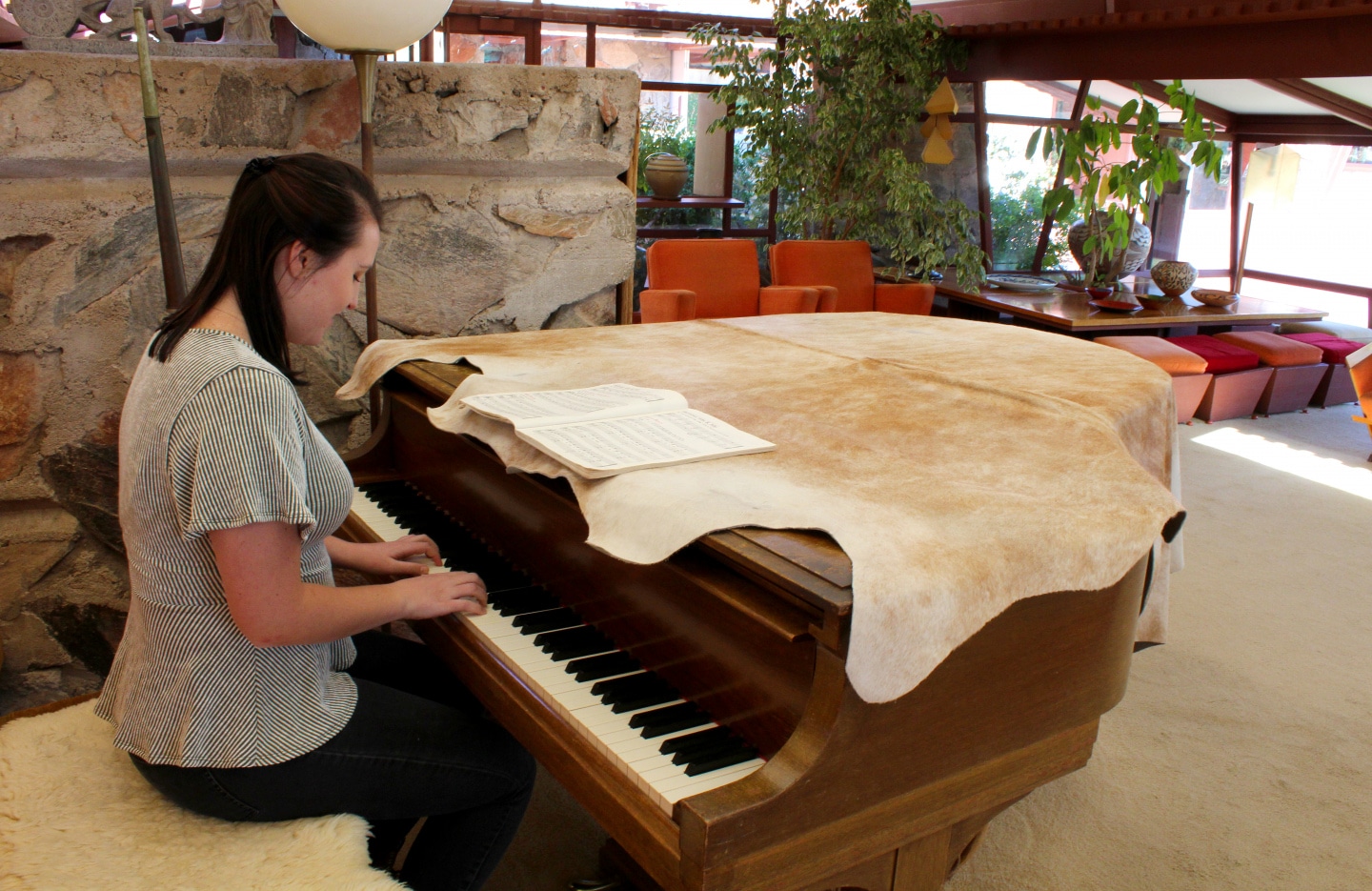
The first few days of playing were frustrating. I wanted to run, but I could barely crawl. After a few days of practice, it got easier. I understood the notes quicker and my sense of rhythm improved. Second, I realized that learning music is a lot like learning a language. The notes are the letters, the measures are the sentences, and reading sheet music is like reading a novel. It takes years to become fluent. Third, I learned that despite my skill level, playing the piano is fun.
After all this time away from music, I realized my biggest obstacle is my fear of mediocracy. Skilled musicians make it seem effortless and easy, but that is after years and years of practice. Accepting where I am at in terms of skill and realizing that the more I play the more I will improve has inspired me to continue learning rather than giving up. And even playing a simple tune is such a delight. I have been neglecting the positive effect music can have on my life, but these past few weeks of actively listening and playing music has opened my eyes to a world of wonder that has already taught me about inspiration, creativity, joy, and holistic living.
Enjoy a live jazz performance in the Music Pavilion at Frank Lloyd Wright’s Taliesin West on November 2, 2019.
